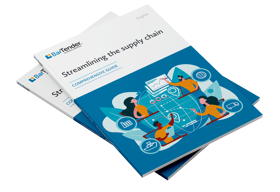From meeting compliance requirements to answering the demands of consumers, today’s complex business environments constantly challenge enterprise organizations to innovate their supply chain management and processes.
Improving transparency and traceability is at the foundation of a successful, robust global supply chain, but how do organizations do that in an ever-evolving global market, particularly if they’re relying on legacy systems or manual labeling?
Implementing powerful, automated labeling solutions provides the level of supply chain transparency and traceability needed to improve efficiency and reduce costs. But it’s also important to understand the future of labeling and barcode technology, and how it may serve your organization.
With a better understanding of the benefits of automated labeling software for enterprise businesses, and where labeling technology is headed in the future, you’ll be well-prepared to compete in your industry while maintaining credibility and consumer confidence.
Here are four labeling trends to keep an eye on.
1. Automation technology
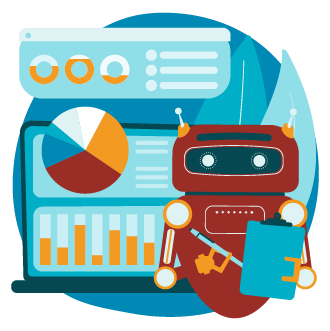
Labeling automation is already in place for many enterprise organizations and is a crucial part of maintaining an efficient supply chain. Continued innovation of automation technology is important for keeping up with changing standards and regulations to develop and manufacture safe and efficacious products. Furthermore, automation helps:
- Reduce human error
- Enable labeling compliance
- Increase speed of label production
- Directly integrate label and document printing
For pharmaceutical, medical device and food and beverage companies, there are industry-specific challenges — like shorter product life cycles and large SKU portfolios — that make the need for automation even greater to prevent product recalls and protect consumer safety.
Using artificial intelligence (AI) or machine learning (ML) enables organizations to compare labels for various countries and regions and quickly respond to changes to avoid non-compliance. This technology is important for industries like medical devices where regulations are ever evolving, and data is always in flux.
The concept of the digital twin is helping enterprise organizations improve efficiency by predicting potential problems, reducing downtime and developing new products. Primarily used in manufacturing and automotive, digital twins are the “digital representations of people, processes and things.”
Gartner says that digital twins help with “understanding the asset’s state, responding to changes, improving business operations and adding value.” Essentially, anything that happens to the physical object will show up in the digital model, or twin, so you always know what is happening with a specific product.
2. Innovative labeling technology
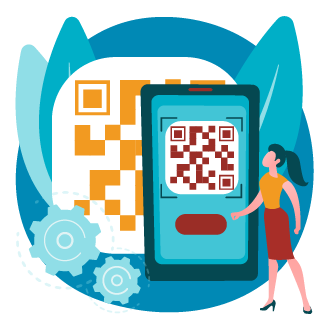
Deploying new and developing barcode and labeling technologies helps organizations remain competitive and cultivate greater efficiency. Here are a few ways companies are using technology to improve labeling processes:
- Automated label printing that enables greater customization and efficient workflows
- New symbologies, such as Digimarc that help prevent counterfeiting
- Innovations in substrate and adhesive technology that make labels more recyclable
- Lighter, thinner labels that improve handling
- New technology standards, such as GS1 Digital Link and Amazon Transparency that encourage greater consumer engagement with personalized, location-specific content
Different industries have different needs when it comes to labeling, but each of these technologies offers organizations the opportunity to be more efficient and provide greater value to the end-user or consumer.
3. Increased push for sustainability
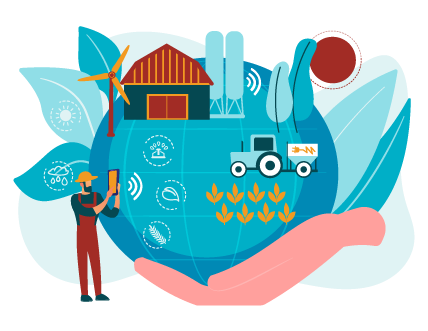
Growing demand for sustainability across the world is leading many enterprise organizations to develop processes and systems that positively contribute to society by reducing waste. The World Bank estimated that “without urgent action, global waste will increase by 70 percent on current levels by 2050,” making it all the more important for organizations to take responsibility where they can.
One area enterprise organizations can take social responsibility and foster sustainability is in the circular economy. A circular economy seeks to get the most value out of products, keeping them in use as long as possible, then regenerating them to reduce waste.
Automated labeling plays a key role in enabling the circular economy through traceability, which is the process of tracking products and materials throughout the supply chain, providing greater visibility. Without good visibility, it’s hard to know which products are being used, where they’re going and their impact on the environment. With full visibility, organizations can optimize processes and workflows that enable greater sustainability from product design to disposal.
Coding provenance, proper use and disposal instructions put into a label allows organizations to track products, ensuring they end up in the right place to prevent further waste, and instead, be recycled or regenerated into new products.
An example is in the fast fashion industry where retailers put a QR code inside garments that hold specific data to communicate how to recycle a garment, helping to eliminate landfill waste.
4. Product information accuracy
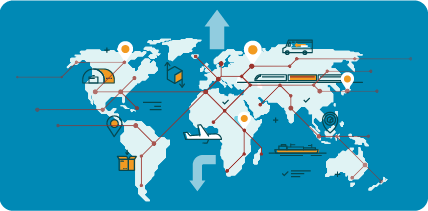
With the growth of e-commerce and the global market, product information accuracy is growing increasingly important. As an organization grows and introduces new products in new regions, they can encounter challenges related to everything from labeling regulations to lack of consumer confidence, particularly if they are trying to manage too many label files and data.
One way that accuracy is being addressed is through barcode verification. These innovative tools, like special cameras and software, can be used in-line during production or off-line to identify errors and blemishes to ensure barcodes meet GS1 and other standards.
Even though companies can use advanced design functions in their labeling software, they may be missing out on other functions that help them streamline label formats and use accurate data. They likely have complex labeling systems that may encounter challenges with data storage and added costs associated with labeling inefficiencies. Without a single-source-of-truth data strategy, needless duplications can occur, and changes become difficult.
Automated labeling connects labels to accurate, trusted data sources, which is particularly helpful in industries that maintain numerous SKUs, like retail or food and beverage. Rather than storing static data in each label file and managing one label format for each SKU, shipping address or production date, labels can be designed with variable data fields that link to your existing sources, like ERP systems (such as SAP or Oracle), local spreadsheets and text files, system calendars or clocks, image databases or even weighing scales. Enterprising labeling software can automatically input accurate information into the label fields at print time based on business rules set forth.
Labeling automation and barcode technology, like data integrations and interoperability, particularly at the enterprise level, is important for meeting the demands of complex supply chains and industries. With the right labeling software that offers seamless integrations with existing systems and processes, you’ll feel confident that your data is accurate and providing the most value to all stakeholders.
Learn how BarTender can support your organization
With the complexities of supply chains continuing to grow, your labeling is more important than ever. It’s important to choose a labeling software that can meet the demands of your industry, labeling regulations and your growth.
BarTender® is automated labeling software that’s uniquely designed to suit the needs of enterprise organizations. With BarTender, organizations can capitalize on the new features that take labeling to the next level including:
- Advanced document management with commercial-level design tools and graphically based approval workflows
- Fast, secure web-based printing
- High-availability license redundancy options
- Enhancements to automation, integration and database capabilities
If you’re ready to step into the future of labeling, contact us to learn more about how BarTender can support your organization with barcode and label software for small businesses, enterprise organizations and everything in between.

